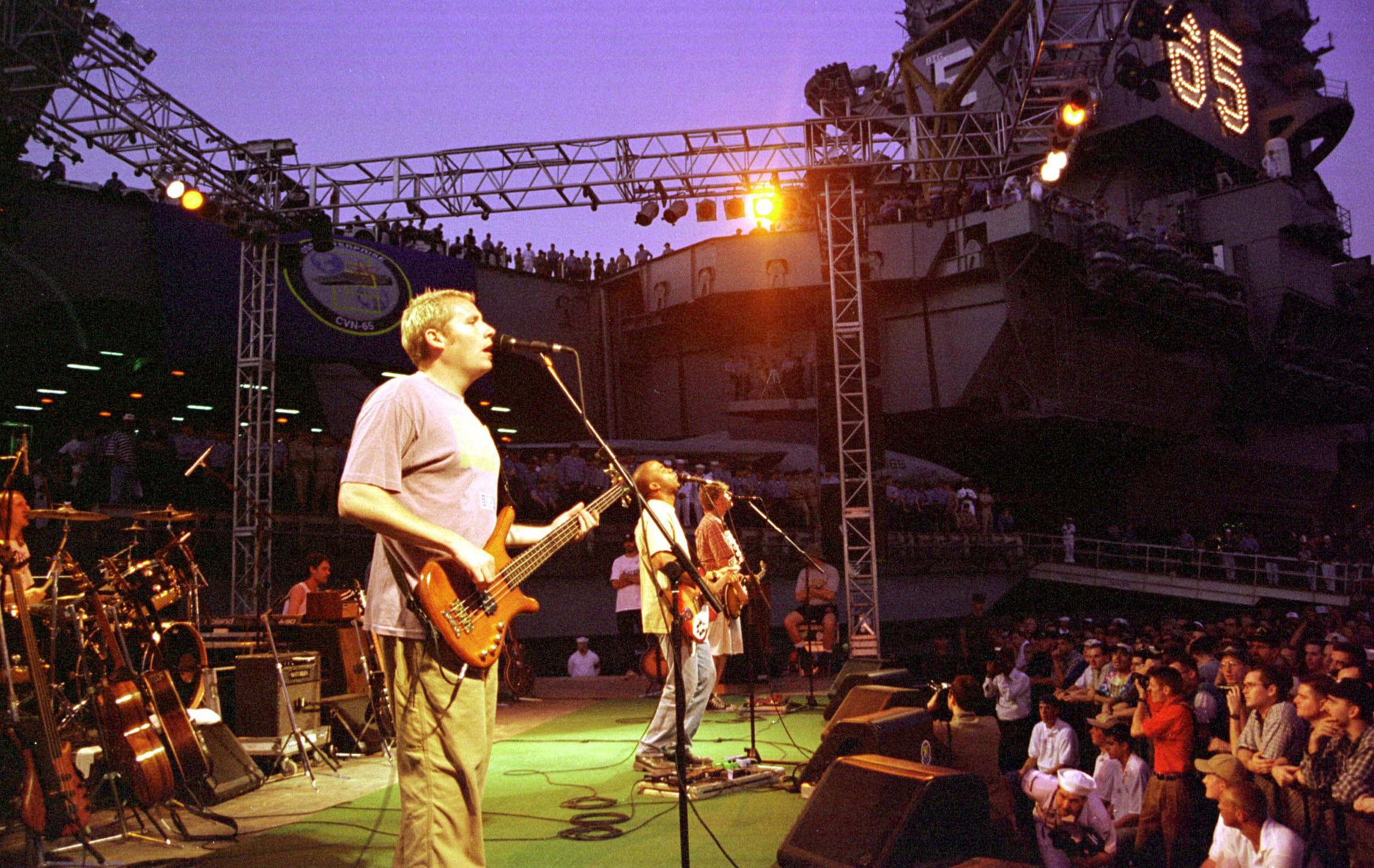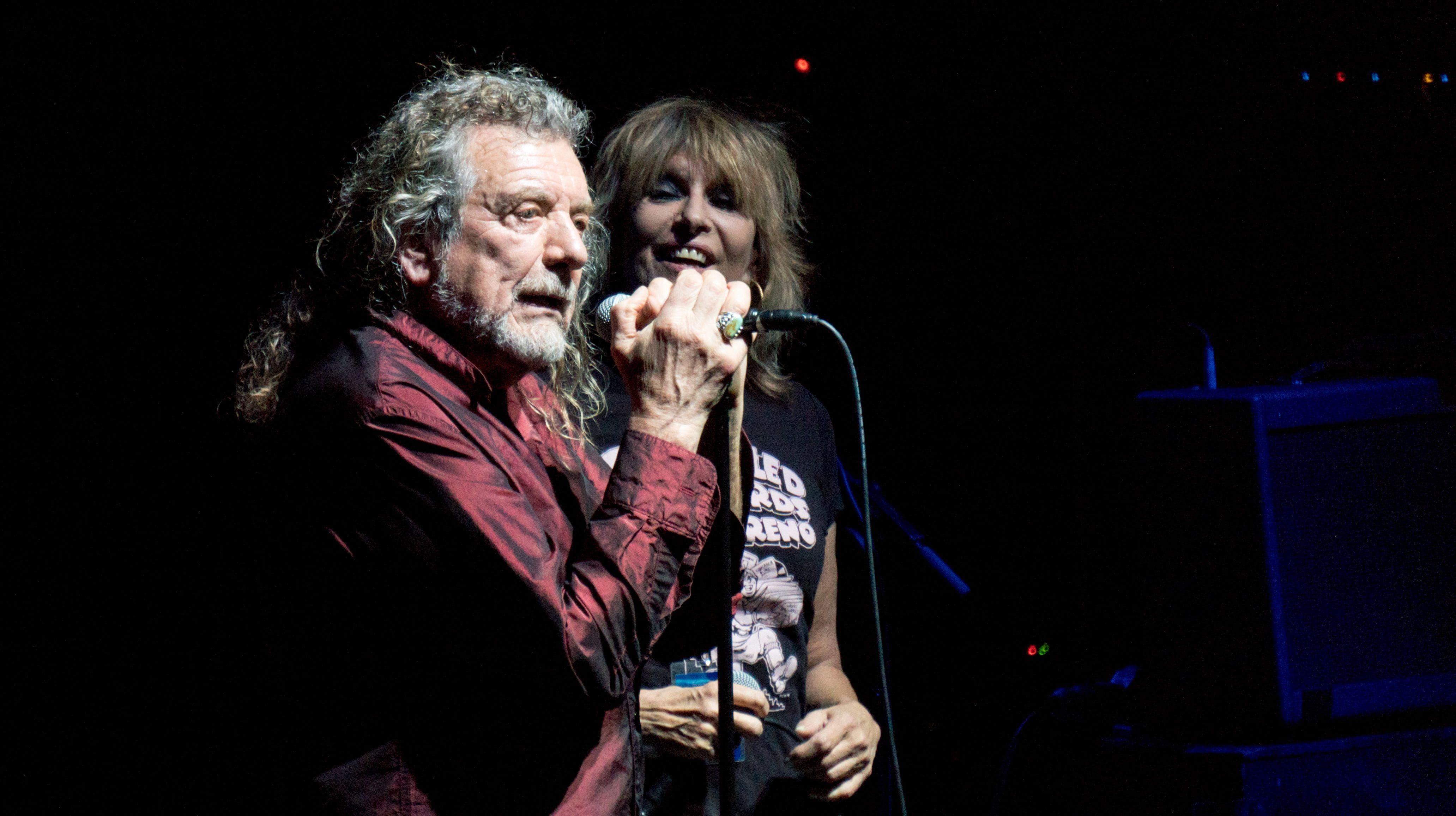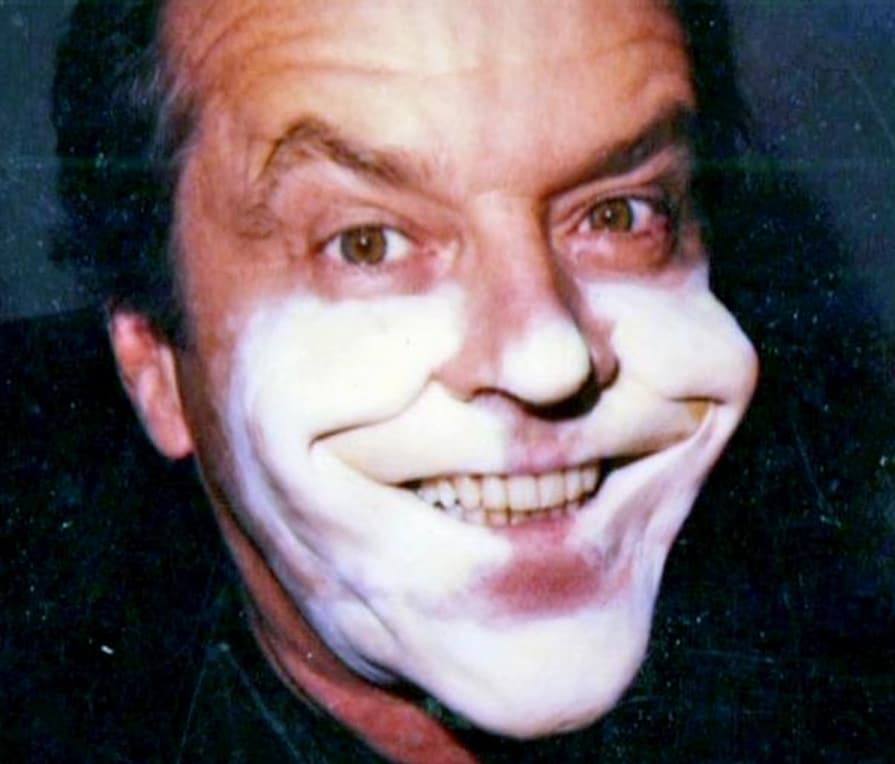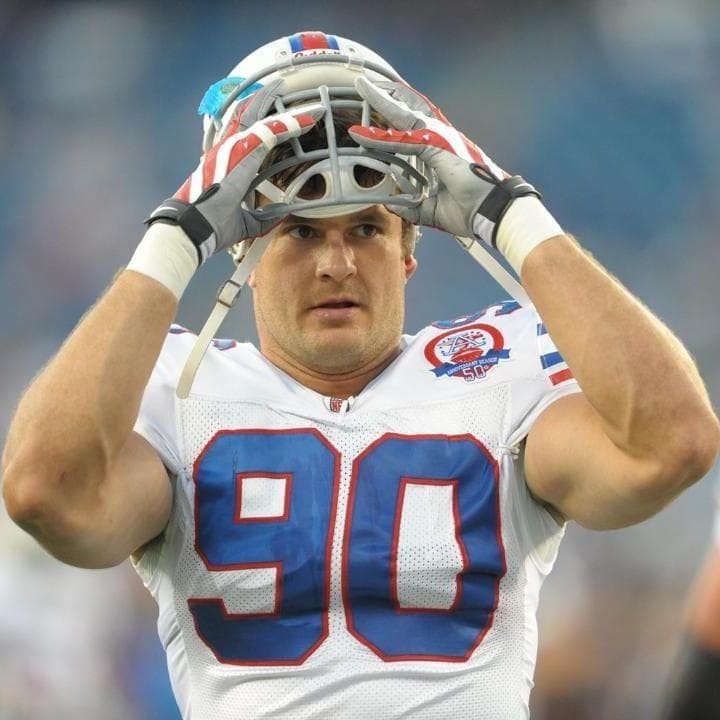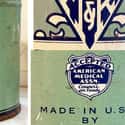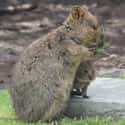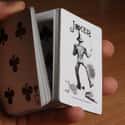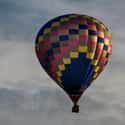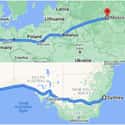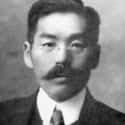-
(#13) Baby Formula Has Actually Been Around For More Than 150 Years
Baby formula - a manufactured supplement for breast milk - is a fairly modern invention, but probably not as modern as you think: It was invented in the 1800s.
The first supplements for a mother's milk were other women, known as “wet nurses,” who filled in to feed babies for wealthy mothers, or those who were unable to breastfeed. Wet nursing began as early as 2000 BCE, and was common in Europe and America during the 1700s. (Brunettes rather than blond or red-headed women were preferred as wet nurses because their milk was thought to be more nutritious.)
In the 1800s, attention turned instead to finding substitutes for breast milk. The first option considered was milk from animals such as cows, goats, horses, and donkeys, served fresh, heated, or diluted. Before baby bottles and rubber nipples were invented, infants were fed via spoon, or a container like a cow's horn covered with cloth, paper, or a sponge to serve as a nipple.
Doctors noticed, however, that infants fed cow's milk had a higher mortality rate and digestive problems. In 1838, German scientist Johann Franz Simon analyzed both types and found that cow's milk had more carbohydrates and less protein than human milk. In 1860, German chemist Justus von Leibig created the first commercial baby food, a powder that consisted of wheat and malt flours and potassium bicarbonate meant to be mixed with warmed cow's milk.
In the 1870s, Nestle's Infant Food, made from malt, cow's milk, sugar, and wheat flour, diluted with water, was sold in the US. Other companies created their own formulas, and the ingredients, or percentage of ingredients, changed in the following decades based on findings from doctors and scientists about the most optimal nutrition for babies. Other improvements included pasteurization (to kill bacteria) and evaporation (to make milk more digestible).
In the early 1900s, manufacturers tried making infant formula more like human milk, adding ingredients like maltose, dextrin, calcium, phosphorous, cod liver oil, and other animal and vegetable fats. One such product was called “Similac” because it was supposed to be “similar to lactation.” Later additions included soy and iron.
The number of women who breastfeed reached a low in the 1960s when people thought formula was more nutritious, and companies provided formula for free to new mothers in hospitals.
In the US, the Infant Formula Act of 1980 set standards for ingredients, testing, and manufacturing. In more recent decades, companies have developed special formulas for infants who are premature, lactose-intolerant, or have other medical problems or needs.
-
(#7) If Marsupials Are Chased By A Predator, They Sacrifice The Joey
There are many cases of altruism in the animal world. Sometimes, animals sacrifice themselves for the betterment of the herd. And animal mothers can fiercely defend their babies. But when it comes to marsupials - the pouch-bearing natives of Australia - the opposite can be true.
If chased by a predator, marsupials like kangaroos, wallabies, and even the ever-smiling quokka may let the joey fall out of the pouch. The abandoned joey makes a fuss and unwittingly distracts the predator. The mother is alive to have another baby, while the poor joey becomes the predator's meal.
-
(#4) There Are More Ways To Arrange A Deck Of Cards Than There Are Atoms On The Earth
This sounds more like fiction than fact, but it's true. Each deck contains 52 cards. The variety of ways it can be arranged is called 52 factorial or "52!" This in effect means 52 x 51 x 50 x .... x 1. So, the number of ways you can arrange a card deck is an integer with 68 digits.
The number of atoms on Earth is estimated to be a number with 51 digits. In effect, every shuffling of cards that you hold in your hand could be a unique one.
-
(#12) The First-Ever Hot Air Balloon Passengers Were Barnyard Animals
Six years before French citizens decided to revolt against royalty, the world's first hot air balloon took to the air. In 1783, King Louis XVI, his wife Marie Antoinette, and 130,000 French citizens watched as the balloon went aloft. The first passengers were barnyard animals, however, not humans. More specifically: a sheep, a duck, and a rooster flew over Versailles in an 8-minute flight.
The balloon landed in the woods safely, with the barnyard trio intact.
-
(#8) The Distance Between London And Moscow Is Shorter Than Between Sydney And Perth
London and Moscow seem to lie halfway across the world from each other. One is in the United Kingdom and the other in Russia, although both cities are located on the European continent. The distance between London and Moscow is 1,795.6 miles, or almost 2,890 km. A flight from London to Moscow takes approximately 3 hours and 50 minutes.
Sydney and Perth, on the other hand, are Australian cities but much further apart. The distance between the two is 2,444.5 miles, or 3,934 km. The approximate flight time between the two is a surprising 5 hours.
-
(#5) The Only Japanese Passenger on RMS 'Titanic' Was Shamed By His Country For Being Alive
Masabumi Hosono was an employee of the Japanese Transportation Ministry who traveled to Russia and then to England to study railway operations. He boarded the RMS Titanic at Southampton, also called "the ship of dreams," before tragedy struck. When the Titanic went down, Hosono was on deck like all the other passengers looking for a way out. Suddenly, the officers announced that one of the lifeboats had space for two more passengers. Hosono became the second to jump in.
Initially, when he went back to Japan, he was hailed as a survivor and became a mini celebrity. Later, he was denounced as a stowaway, first by Archibald Gracie, a first-class passenger and Titanic survivor, and then by his own countrymen.
Hosono lost his job, and while he was eventually hired back, his career never really revived. The shame persisted until his death in 1939, and even after.
New Random Displays Display All By Ranking
About This Tool
Our data comes from Ranker, If you want to participate in the ranking of items displayed on this page, please click here.


